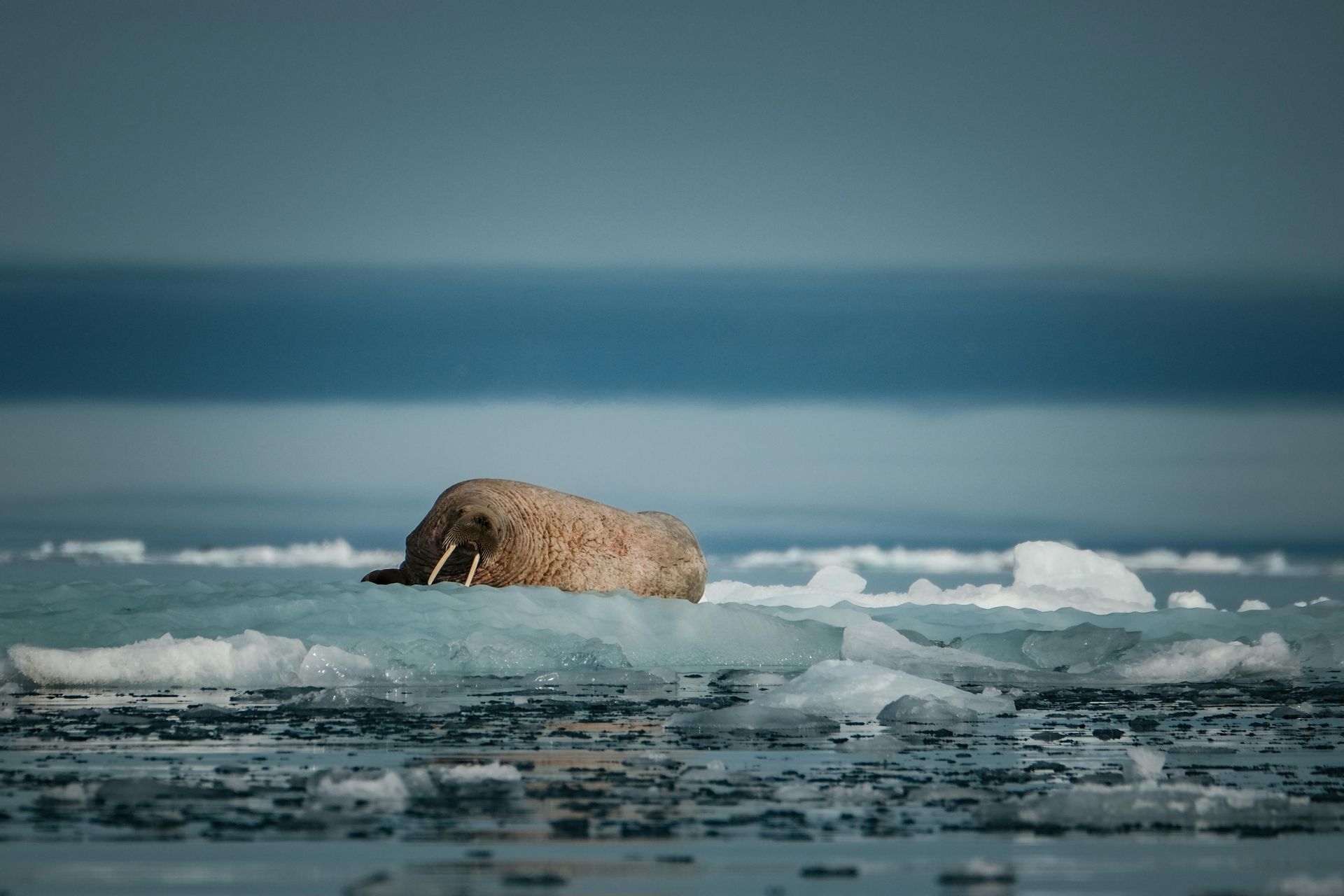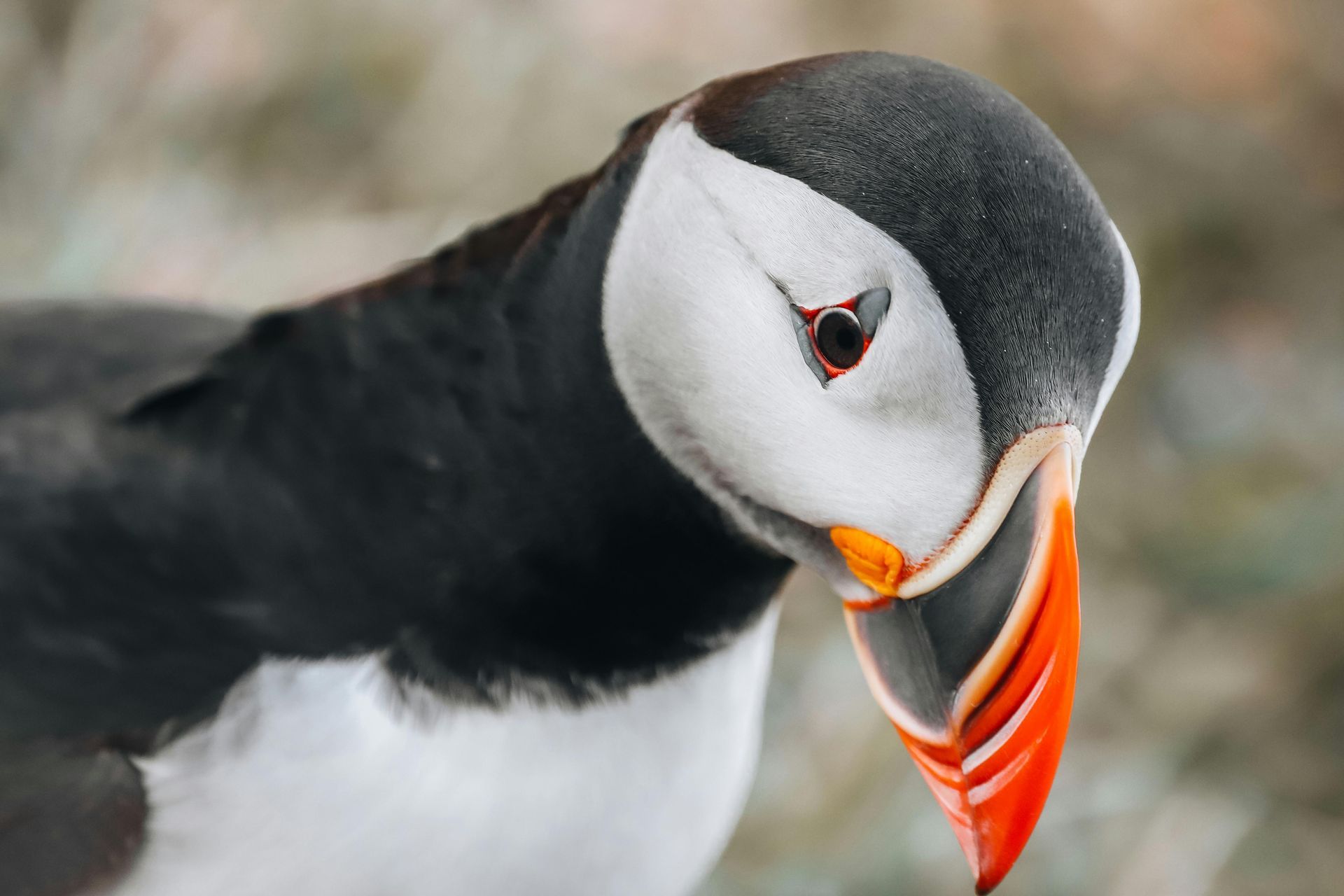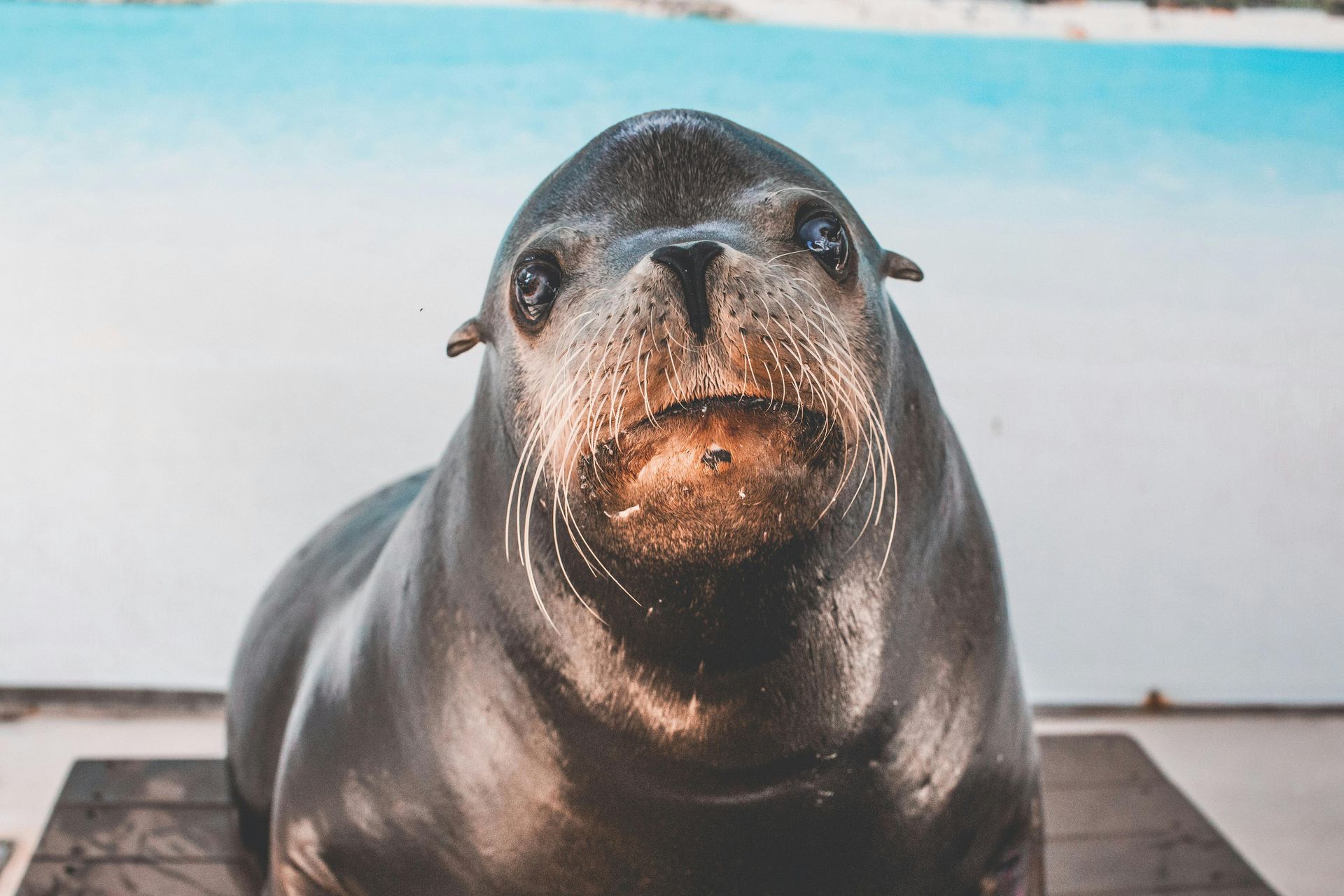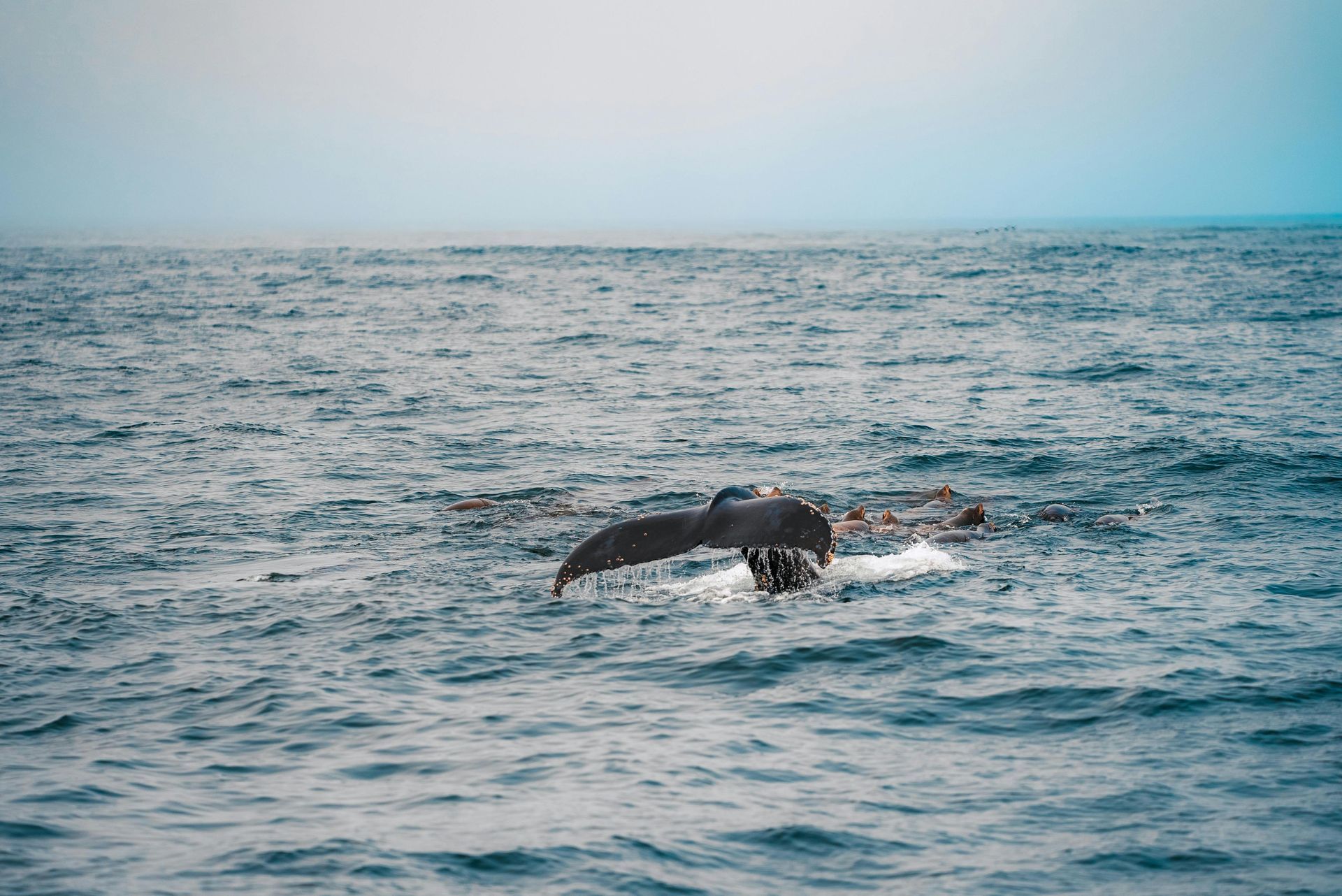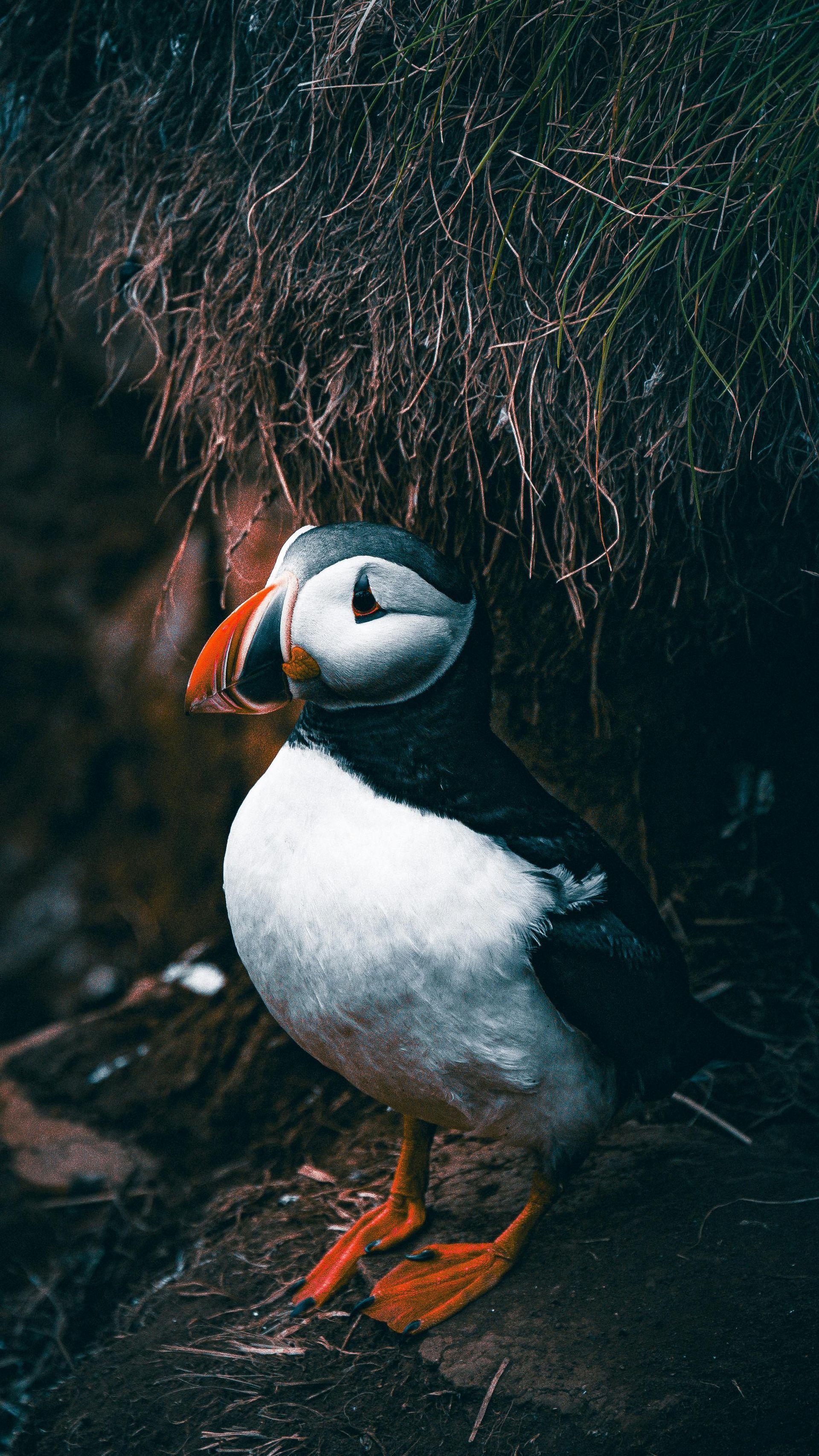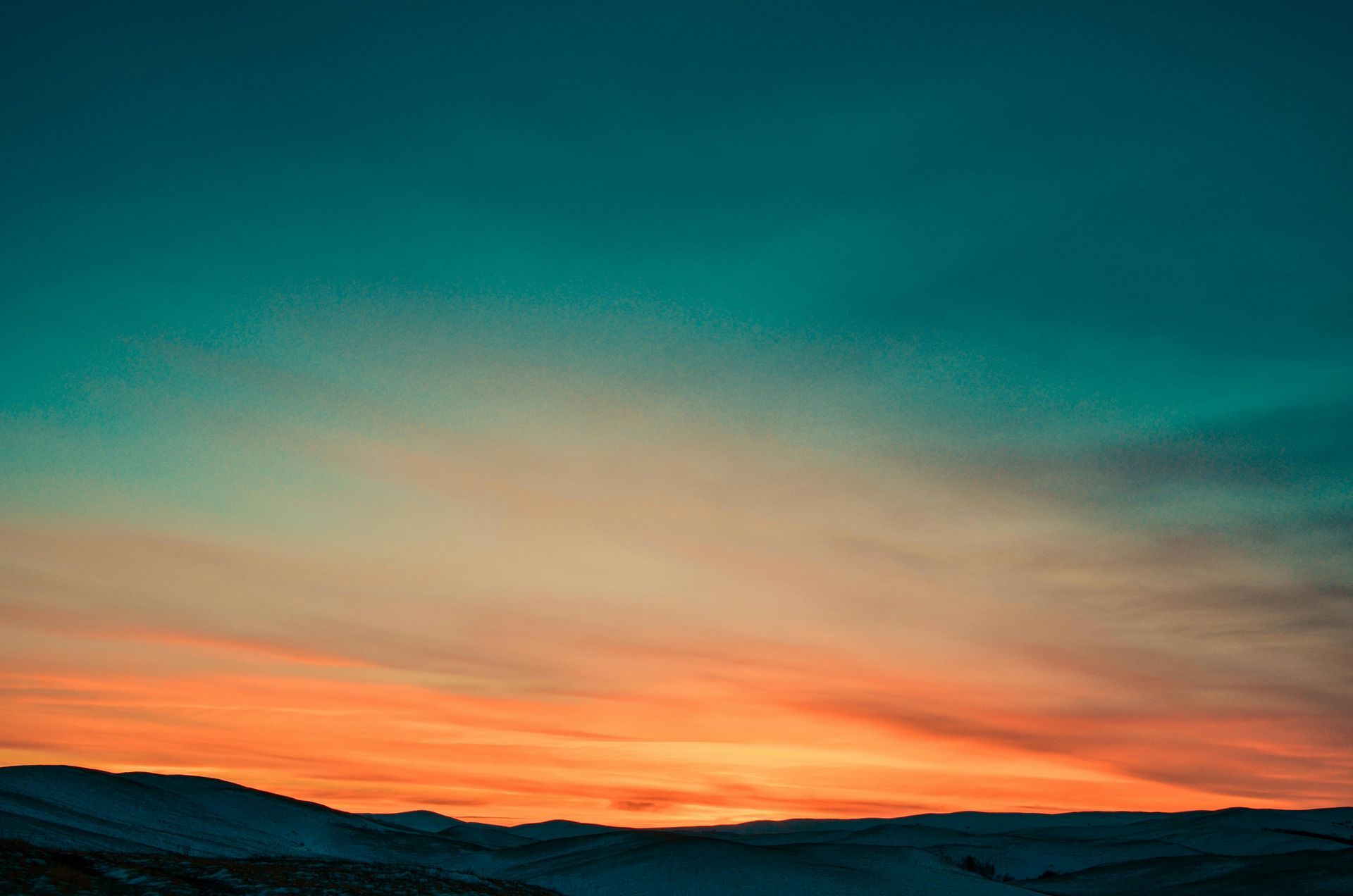Arctic Fox: The Resilient Survivor of Svalbard’s Harsh Climate
Arctic Fox: The Resilient Survivor of Svalbard’s Harsh Climate
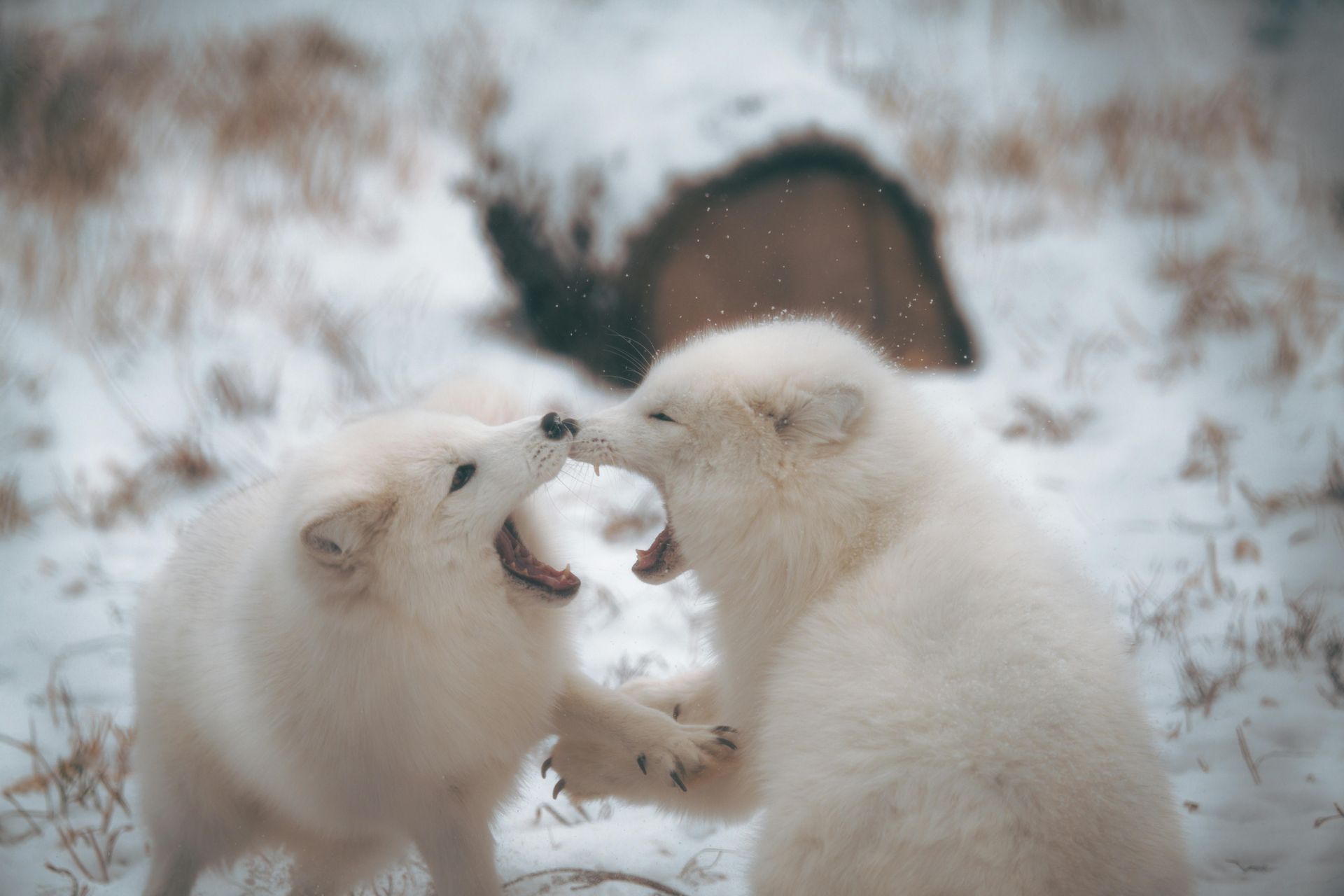
In the white stillness of Svalbard’s windswept tundra, few creatures are as elusive and resilient as the Arctic fox. This small, nimble mammal is often overshadowed by the grandeur of polar bears and the spectacle of walrus colonies, but it holds its own as one of the Arctic’s most remarkable survivalists. With a compact body, fur-covered paws, and one of nature’s finest insulating coats, the Arctic fox is a true master of adaptation.
The Arctic fox is native to all areas of Svalbard, ranging from the coastal cliffs to the interior valleys and remote islands. While polar bears dominate the sea ice, the Arctic fox rules the land, darting silently across snowfields and rocky outcrops in search of food. Its appearance changes with the seasons: thick white fur provides camouflage against the winter snow, while a brown or bluish coat in summer helps it blend with the sparse, rocky terrain and moss-covered slopes.
One of the most astonishing things about the Arctic fox is its ability to withstand extreme cold. Temperatures in Svalbard can plunge well below –30°C in winter, but the fox’s dense fur—the warmest of any Arctic animal—along with its compact body shape, short legs, and thick tail help minimize heat loss. It’s an evolutionary marvel, designed not just to survive, but to move swiftly and hunt effectively in a frozen world.
The diet of the Arctic fox is opportunistic. In winter, it relies on scavenging leftovers from polar bear kills or searches for small mammals like Svalbard reindeer carcasses. In summer, the fox becomes a more active hunter, targeting birds’ eggs, chicks, and lemmings (on the mainland), though lemmings are absent in Svalbard. Instead, seabird colonies become a crucial food source, especially in areas like Isfjorden and Kongsfjorden, where the fox will venture beneath cliffs and raid nests with agile precision.
Observing an Arctic fox in the wild requires a keen eye and a bit of patience. They are shy by nature and move quickly, often disappearing over a ridge or behind a snowdrift within seconds. Yet their tracks are frequently seen across Svalbard, especially near bird colonies and abandoned cabins where they scavenge. In Longyearbyen, it’s not unusual to spot one darting across the road or curiously approaching visitors near the outskirts of town.
The Arctic fox plays an important ecological role in Svalbard’s fragile food chain. As both predator and scavenger, it helps keep populations of seabirds in check and cleans up carrion that might otherwise attract unwanted pests. It’s also a species of interest for scientists, who monitor their populations to study the effects of climate change and shifting prey dynamics in the Arctic.
Despite the harsh environment, Arctic foxes reproduce successfully each spring, often raising litters of up to 10 kits in underground dens. These dens, reused year after year, are cleverly located in dry, raised areas that remain snow-free the longest. By mid-summer, the young begin to emerge, tumbling outside the den and learning the skills needed to survive one of the world’s most unforgiving landscapes.
Photographing an Arctic fox is a coveted goal for wildlife enthusiasts in Svalbard. Their expressions, keen eyes, and soft, wind-blown fur make for striking portraits, especially when they’re captured against the backdrop of snowfields or lichen-covered tundra. But the true reward lies in simply watching them move—silent, determined, and fully at home in the Arctic wild.
While they may not be the star of every travel brochure, Arctic foxes embody the spirit of Svalbard in a way that few other animals can. They are quiet survivors, living in harmony with the extremes and thriving where few others dare to exist. In their graceful persistence, they remind us that strength isn’t always loud—and that the Arctic is full of small wonders waiting to be seen.




